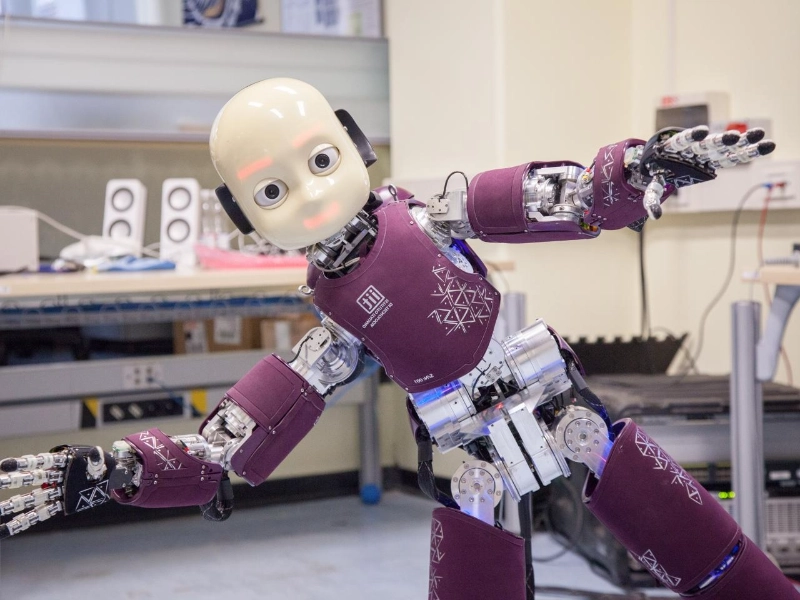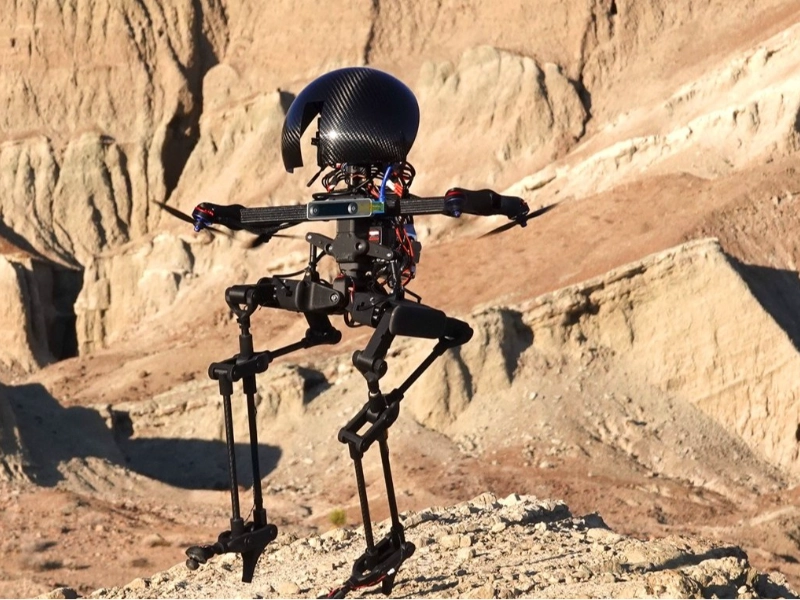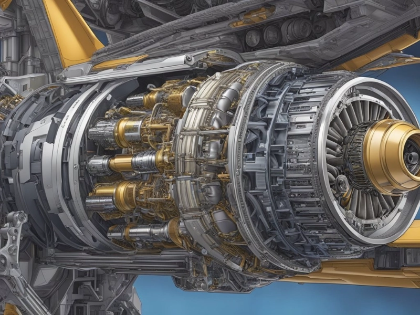10 Breakthrough Balance Technologies Making Robot Falls History
Advertisement
Maintaining balance has been one of the most challenging tasks in the ever-evolving field of robotics, especially in creating reliable and functional robots. Recent technological advancements have revolutionized how robots maintain equilibrium, significantly reducing the frequency of falls and stumbles. This article explores ten groundbreaking technologies that have transformed robot balance control, enabling machines to navigate difficult terrains, recover from disturbances, and perform dynamic tasks with unprecedented precision. From advanced sensors to AI-driven control systems, these innovations are reshaping robotics across various industries.
1. Dynamic Balance Control Systems (DBCS)

Advertisement
Dynamic Balance Control Systems (DBCS) represent a significant leap in robotic stability. By utilizing a sophisticated network of sensors and actuators operating in real-time, DBCS ensures perfect equilibrium under various conditions. The system continuously analyzes ground reaction forces, momentum, and the robot's center of mass, making micro-adjustments to posture and movement. This capability allows robots to operate in unpredictable environments, such as walking on uneven surfaces, climbing stairs, or performing complex physical tasks. Machine learning further enhances DBCS, enabling it to adapt and improve over time. Applications range from industrial automation to healthcare, where reliable balance is critical.
2. Adaptive Neural Networks for Balance

Adaptive neural networks have revolutionized robotic balance by mimicking the human brain's ability to learn and adapt. These networks are trained on extensive datasets of movement patterns and balance scenarios, enabling robots to develop sophisticated responses to various challenges. Through deep learning and reinforcement training, the system continuously refines its balance strategies. This technology allows robots to generalize learned behaviors to new situations, such as balancing on slippery surfaces. Real-time feedback systems ensure instant adjustments, making robots more agile and resilient in dynamic environments. Applications span manufacturing, space exploration, and beyond.
Advertisement
You May Like










